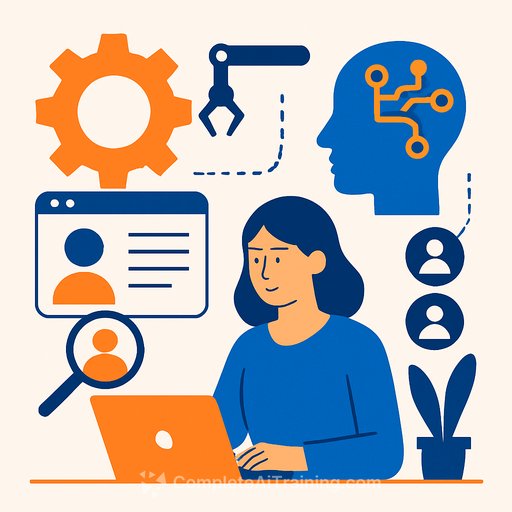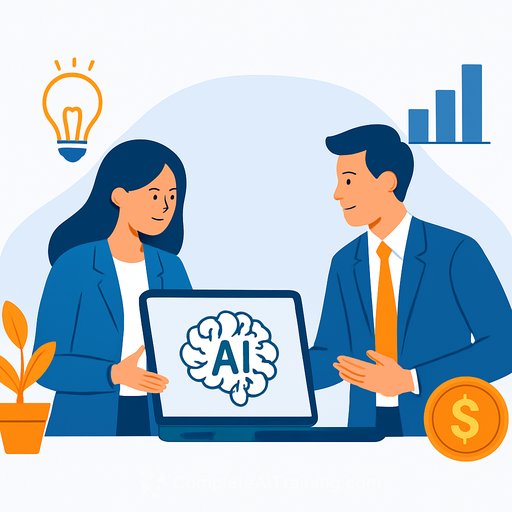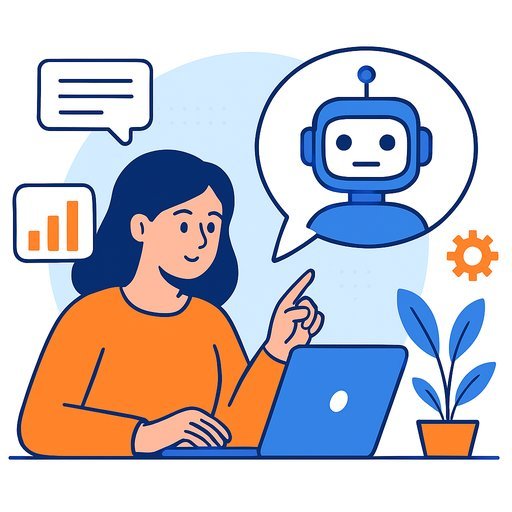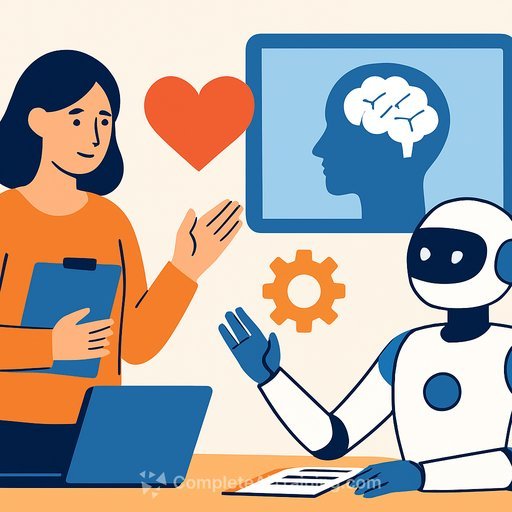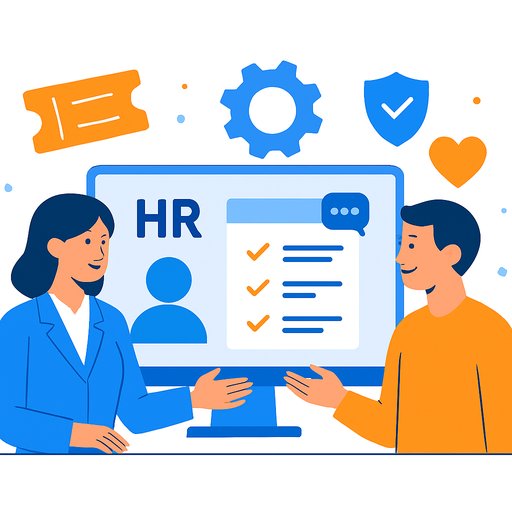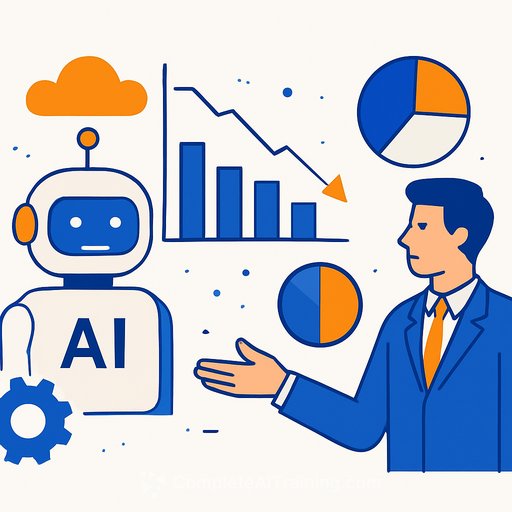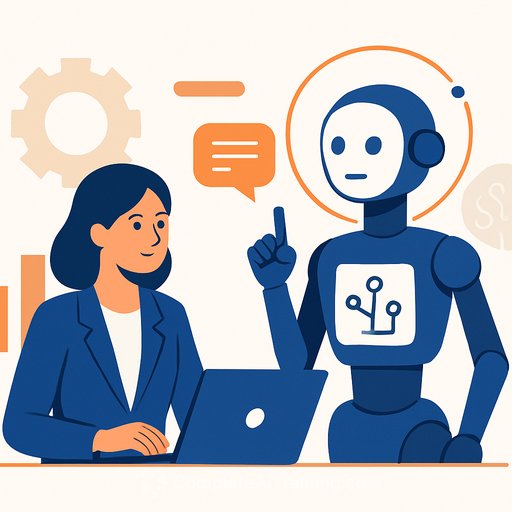Why HR Education Must Embrace Automation and AI
AI, automation, and digital tools are changing how HR functions, making processes smarter and more data-driven. From hiring to exit, these technologies improve consistency and speed while helping organizations manage their talent more effectively.
1. Recruitment
Manual resume screening and scheduling interviews are becoming outdated. AI-driven platforms now automatically screen resumes, identify relevant skills, and even assess cultural fit. Video interviews can be recorded by candidates, reducing the need for constant human presence. For bulk hiring, question sets vary dynamically for each candidate to maintain fairness and integrity. Hiring managers get curated shortlists, making selection faster and more objective.
2. Onboarding
Onboarding has moved beyond informal introductions to a structured, digital process. New hires receive clear guidance through automated systems that assign mentors and notify all involved parties. Digital platforms provide easy access to tools, documents, training, and company resources. Self-service portals empower employees to manage personal data, benefits, and requests independently. AI chatbots handle routine queries, freeing HR to focus on meaningful engagement.
3. Learning and Development
Learning is now more flexible and personalized. Compliance management systems ensure mandatory training is tracked effectively. Beyond that, digital platforms offer microlearning, gamification, and role-specific content that employees can access anytime. Progress is monitored, and AI suggests next steps based on individual performance, making upskilling continuous and relevant.
4. Performance and Growth
Annual reviews are replaced by continuous feedback and goal tracking. Employees understand expectations and have clear development paths. Advanced platforms track skills and proficiency, helping identify internal talent for new roles or projects. This supports succession planning and accelerates role transitions by showing who is ready to take the next step.
5. Offboarding and Alumni Engagement
Offboarding is now organized and efficient, with automated task tracking and settlements. Feedback collection is systematic, providing closure for both parties. Many companies maintain alumni portals to keep former employees connected, allowing ongoing communication and support.
Conclusion
Every phase of the employee lifecycle is now digitally enabled with integrated data dashboards that help managers and organizations manage talent proactively. Digital transformation in HR enhances connection, trust, and purpose by simplifying workflows and providing actionable insights. Companies adopting this approach improve employee experiences and achieve stronger business results.
Your membership also unlocks:

